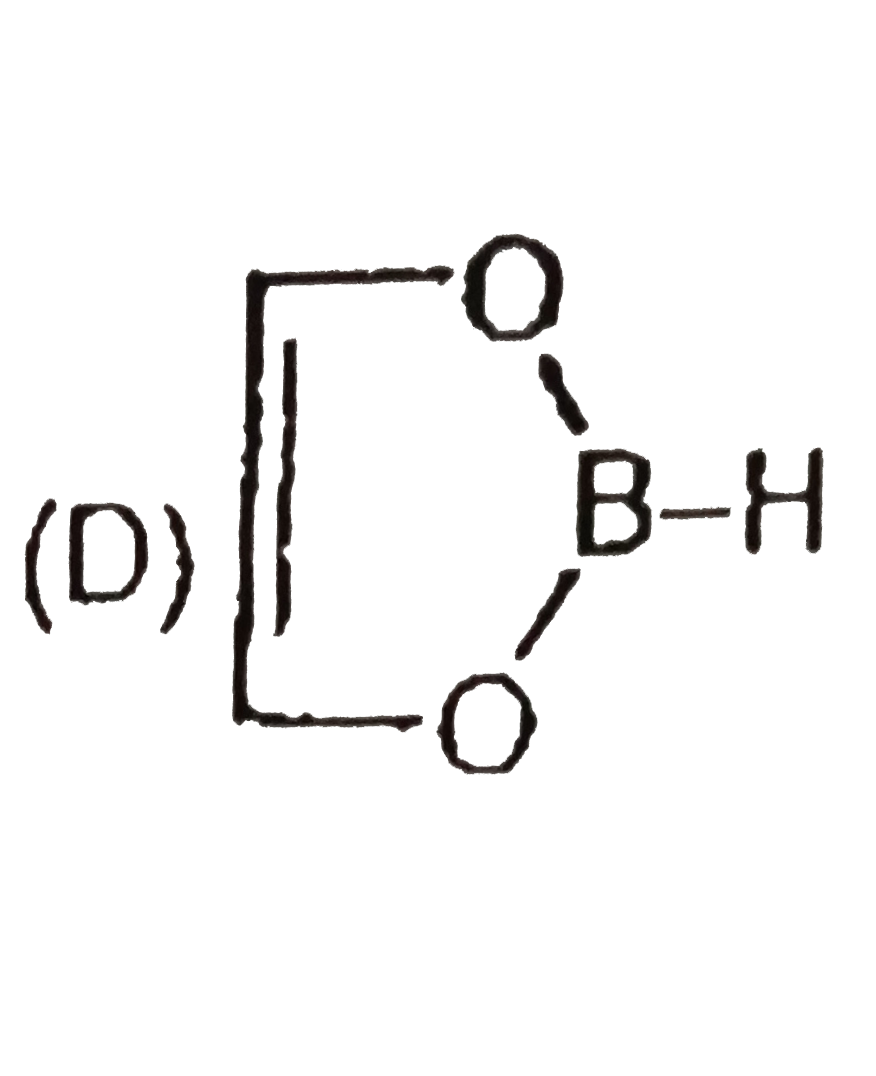Which of the following is an aromatic species ?
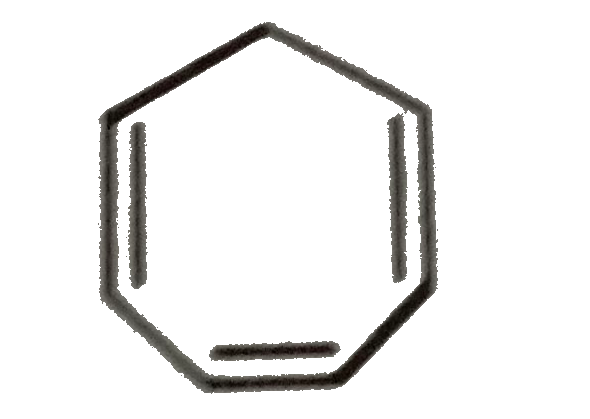
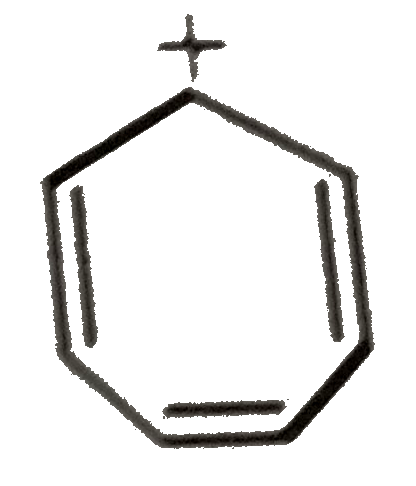
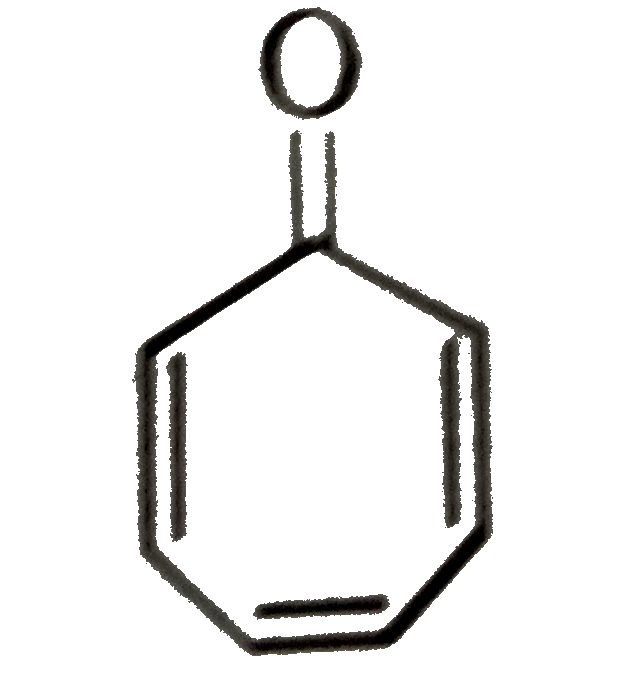
None of the above
The correct Answer is:B
To determine which of the given species is aromatic, we need to follow a systematic approach based on the criteria for aromaticity. Here’s a step-by-step solution:
Step 1: Understand the Criteria for Aromaticity
A compound is considered aromatic if it meets the following criteria:
1. Planarity: The molecule must be planar or nearly planar.
2. Conjugation: There must be a continuous overlap of p-orbitals, allowing for delocalization of π electrons.
3. Hückel's Rule: The molecule must have 4n+2 π electrons, where n is a non-negative integer (0, 1, 2, ...).
Step 2: Analyze Each Compound
Let’s analyze the given options one by one based on the criteria.
Compound A:
- Planarity: Check if the structure is planar.
- Conjugation: Identify if there is a continuous chain of p-orbitals. If there is a break in conjugation (e.g., an sp³ hybridized carbon), it cannot be aromatic.
- Electron Count: Count the number of π electrons. If the conjugation is broken, even if the count is 4n+2, it will not be aromatic.
Conclusion for Compound A:
- If the conjugation is broken, it is non-aromatic despite having 4n+2 electrons.
Compound B:
- Planarity: Check for planarity.
- Conjugation: Ensure that there is continuous conjugation without any breaks.
- Electron Count: Count the π electrons. If the total is 4n+2, then it is aromatic.
Conclusion for Compound B:
- If it has continuous conjugation and 6 π electrons (which fits 4n+2 for n=1), it is aromatic.
Compound C:
- Planarity: Check for planarity.
- Conjugation: Identify if there are breaks in conjugation.
- Electron Count: Count the π electrons. If the total is 4n instead of 4n+2, it indicates anti-aromaticity.
Conclusion for Compound C:
- If it has 8 π electrons (which fits 4n for n=2), it is anti-aromatic and not aromatic.
Final Decision:
Based on the analysis:
- Compound A: Non-aromatic.
- Compound B: Aromatic.
- Compound C: Anti-aromatic.
Thus, the aromatic species is Compound B.
A compound is considered aromatic if it meets the following criteria:
1. Planarity: The molecule must be planar or nearly planar.
2. Conjugation: There must be a continuous overlap of p-orbitals, allowing for delocalization of π electrons.
3. Hückel's Rule: The molecule must have 4n+2 π electrons, where n is a non-negative integer (0, 1, 2, ...).
Let’s analyze the given options one by one based on the criteria.
- Planarity: Check if the structure is planar.
- Conjugation: Identify if there is a continuous chain of p-orbitals. If there is a break in conjugation (e.g., an sp³ hybridized carbon), it cannot be aromatic.
- Electron Count: Count the number of π electrons. If the conjugation is broken, even if the count is 4n+2, it will not be aromatic.
- If the conjugation is broken, it is non-aromatic despite having 4n+2 electrons.
- Planarity: Check for planarity.
- Conjugation: Ensure that there is continuous conjugation without any breaks.
- Electron Count: Count the π electrons. If the total is 4n+2, then it is aromatic.
- If it has continuous conjugation and 6 π electrons (which fits 4n+2 for n=1), it is aromatic.
- Planarity: Check for planarity.
- Conjugation: Identify if there are breaks in conjugation.
- Electron Count: Count the π electrons. If the total is 4n instead of 4n+2, it indicates anti-aromaticity.
- If it has 8 π electrons (which fits 4n for n=2), it is anti-aromatic and not aromatic.
Based on the analysis:
- Compound A: Non-aromatic.
- Compound B: Aromatic.
- Compound C: Anti-aromatic.
Topper's Solved these Questions
- BOOK - DINESH PUBLICATIONCHAPTER - BASIC PRINCIPLES OF ORGANIC CHEMISTRYEXERCISE - SELECTED STRAIGHT OBJECTIVE TYPE MCQS64videos
BASIC PRINCIPLES OF ORGANIC CHEMISTRY
- BOOK - DINESH PUBLICATIONCHAPTER - BASIC PRINCIPLES OF ORGANIC CHEMISTRYEXERCISE - LINKED COMPREHENSION TYPE MCQS10videos
BASIC PRINCIPLES OF ORGANIC CHEMISTRY
- BOOK - DINESH PUBLICATIONCHAPTER - BASIC PRINCIPLES OF ORGANIC CHEMISTRYEXERCISE - Matrix Type Questions2videos
BASIC PRINCIPLES OF ORGANIC CHEMISTRY
- BOOK - DINESH PUBLICATIONCHAPTER - ALKALI EARTH METALSEXERCISE - Unit test-125videos
ALKALI EARTH METALS
- BOOK - DINESH PUBLICATIONCHAPTER - BIOMOLECULESEXERCISE - MATRIX - MATCH TYPE8videos
BIOMOLECULES
Similar Questions
Knowledge Check
- Question 1 - Select One
Which of the following is not aromatic
ABenzeneBNapthaleneCPyridineD1,3,5 heptatriene - Question 2 - Select One
Which of the following is not aromatic
ABenzeneBCyclopenyl cationCTrophyliumcationDCyclopentadienyl cation - Question 3 - Select One
Which of the following is anti aromatic ?
A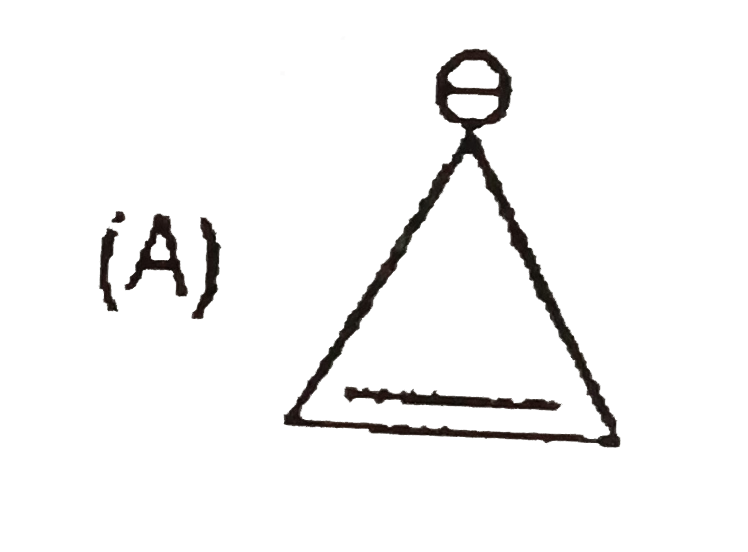 B
B C
C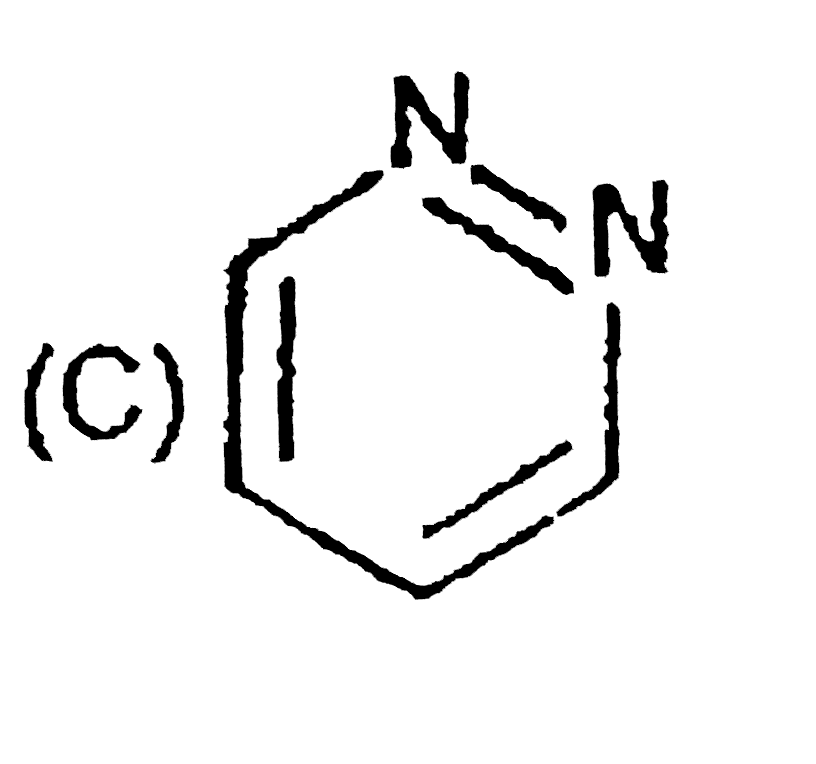 D
D